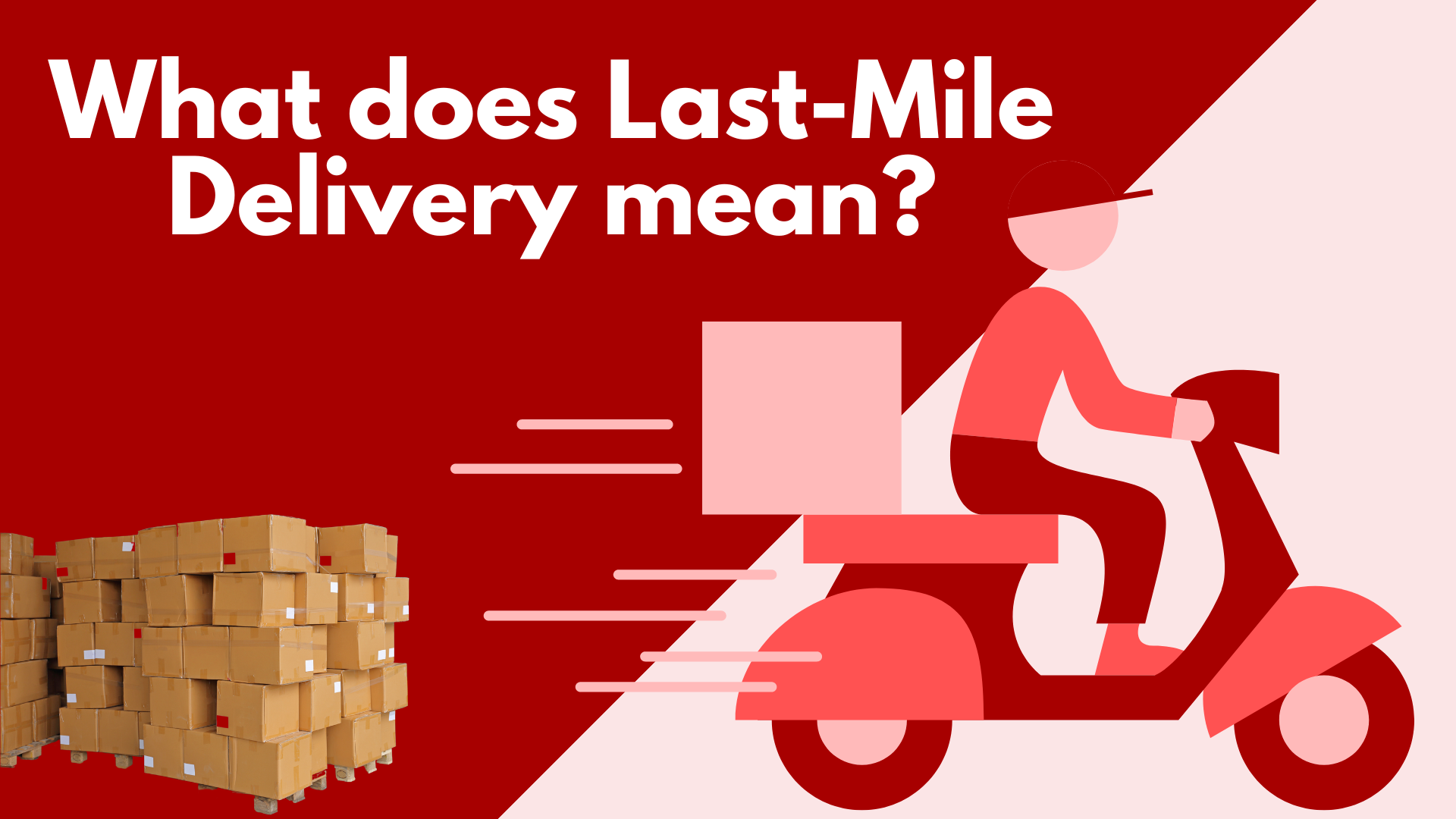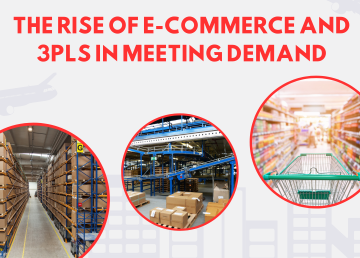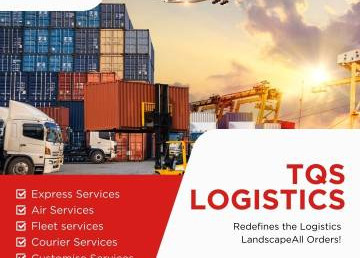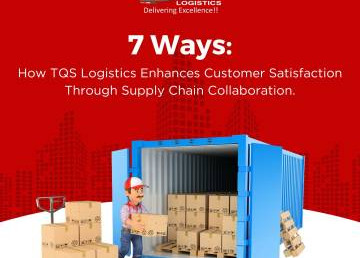
What does last mile delivery mean?
What does "last mile delivery" mean?
The term "last mile delivery" refers to the last stage of the delivery procedure, which involves moving a package from a transportation hub to its final location, which is often a home or a store. Organizations work to expedite and maximise the effectiveness of this phase because it is the most crucial in the delivery process. This is done in order to meet the growing consumer demand for accelerated shipping, which is seen in the e-commerce, food, and retail sectors in particular. Additionally, it is the most expensive section of the journey for goods being transported to their destination.
The Last Mile Delivery Process's Important Steps
1. Register the order
Orders are first digitally entered into a centralized system. Both the sender and the ultimate receiver can follow orders and requests at this point, and the recipient is probably keeping track of the delivery's progress using a tracking number.
2. Entering the Distribution Center
Orders come at the distribution facility at this point, where they are sent out and delivered to the customer. This step in the last-mile delivery procedure is essential since it affects the shipment's delivery time. The businesses work to make sure that the order gets to the client as soon as feasible from the transportation hub.
3. Funding for Delivery Services
In the third step, orders are distributed to delivery personnel based on routes and recipient addresses. It is critical to classify and identify items for delivery strategically in order to have an ideal, affordable last-mile delivery logistics solution.
4. Order preload scan
Prior to the delivery truck loading, orders are scanned. Both the shipper and the recipient who are tracking the shipment will receive an update on the order status. Additionally, it lessens the chance of lost packages along the way.
5. Completed delivery
Orders are successfully delivered, and delivery confirmation is obtained. At this time, the package has arrived at its desired location. The delivery team then validates and verifies the delivery by making the appropriate updates to the tracking data.
Problems with last-mile deliveries
1. High prices
The entire supply chain and last-mile delivery operations are burdened by a number of issues, making them the most expensive. Its execution faces substantial challenges because to the ever-growing demand for same-day delivery, outdated IT infrastructure, insufficient logistics visibility, and other issues. It is obvious that maximising last-mile delivery will lower overall transportation costs. Reducing delivery turnaround times is challenging due to ineffective routing strategies, manual work distribution, and poor management of third-party logistics providers, which also jeopardises the shipping procedure. Since few products are often delivered the same day, it is challenging to maximise vehicle capacity, which reduces savings for logistics companies. As a result, the accompanying costs also rise in line with this.
2. rigid procedures that are insufficient
Rigid delivery systems, which are regarded as one of the most important supply chain inefficiencies, are rarely used in a world where fast fulfillment and constantly changing market dynamics are the norm. Traditional procedures that rely on manual labor fall short of customer expectations and cause a dramatic rise in displeased clients. For instance, today's customers prefer brands that let them choose the delivery location and time based on convenience.
3. Low visibility of the supply chain
The lack of visibility in logistics operations is caused by a variety of causes, including an obsolete supply chain architecture, antiquated delivery techniques, and weak system interoperability. For instance, it will be quite challenging for a logistics manager to track and trace the exact location of a truck at any one time if an order management system is not synchronized with a last-mile 3PL provider's system. This leads to numerous inefficiencies. Poor visibility exacerbates the issue of last-mile delivery by causing delays, erroneous ETAs, route changes, vehicle idling, and excessive fuel consumption. It also obscures client deliveries.



